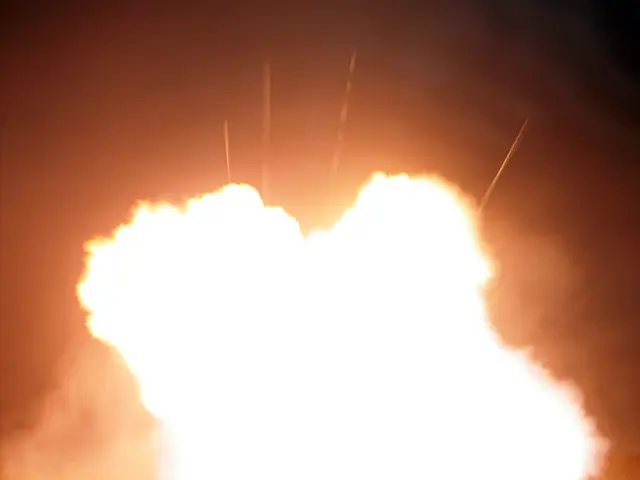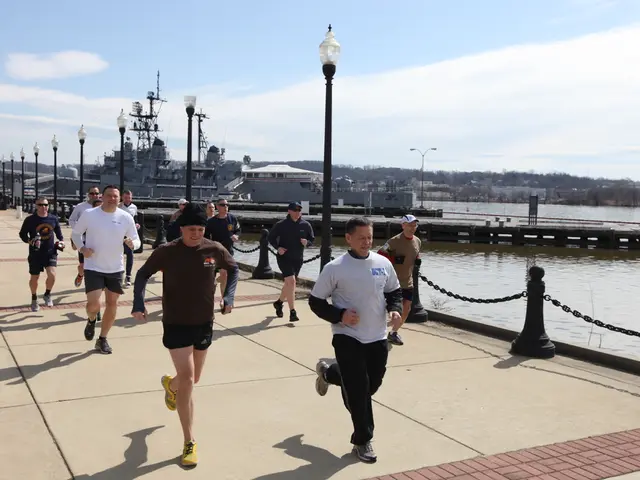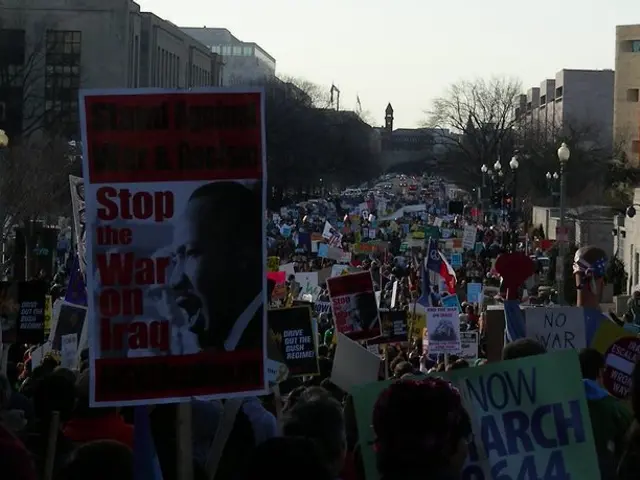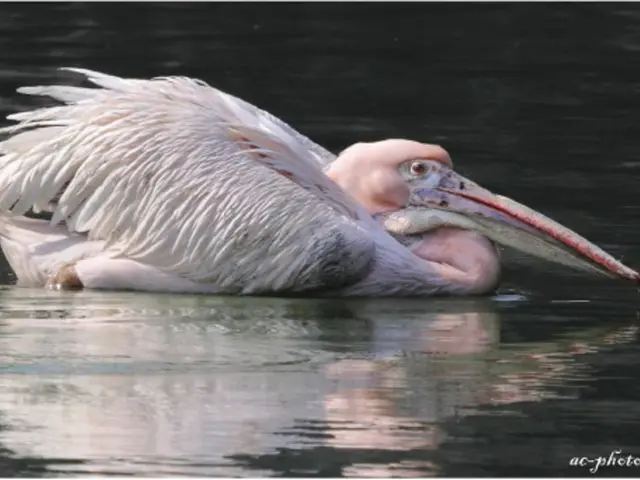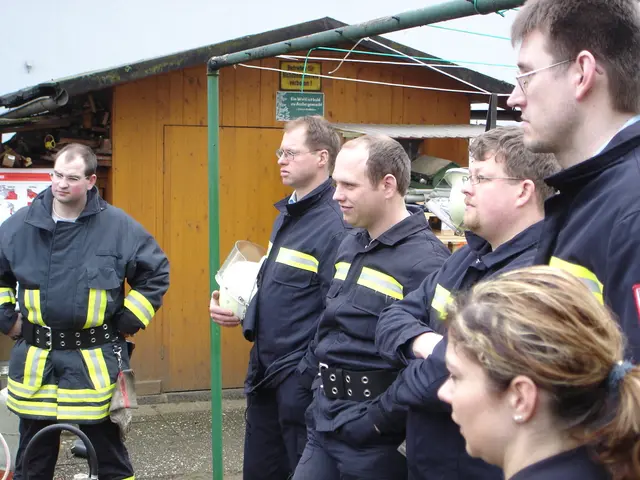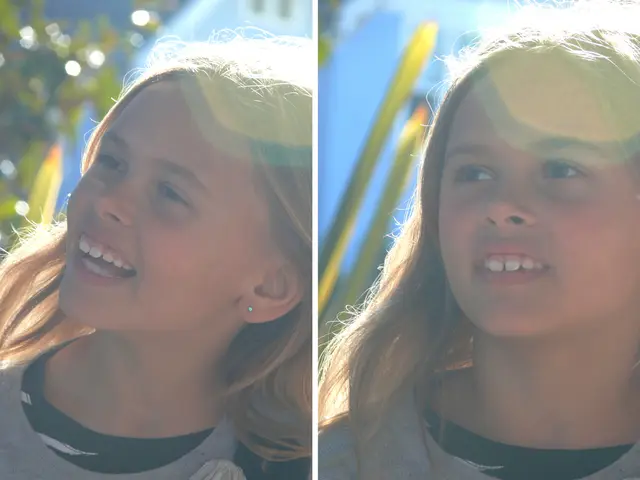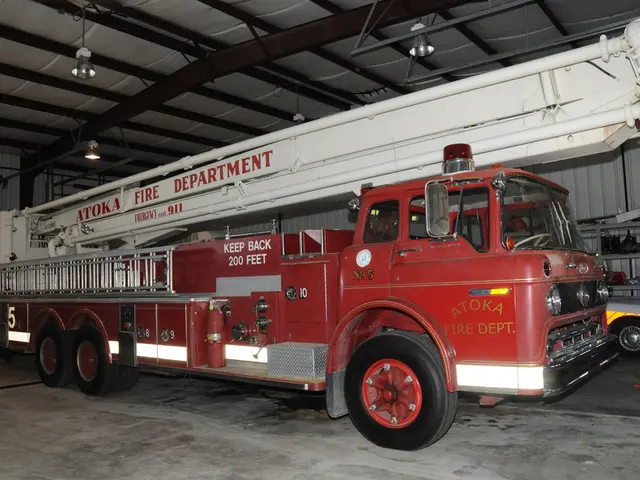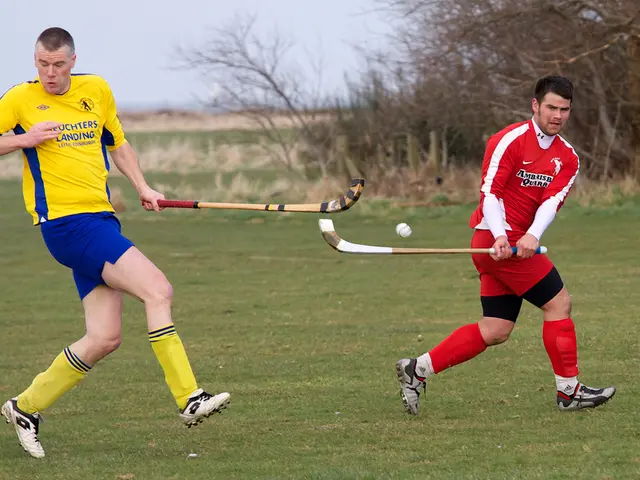Trump declares himself as the fire extinguisher for protest rallies; however, his actions may instead be seen as fueling the flames.
Controversies swirl as President Donald Trump alleges he's dousing the flames in California's protests with his decision to deploy the National Guard and the Marines. However, critics claim he's merely pouring gasoline on a fire he ignited, masking his true intentions.
Let's delve into this hectic situation and decipher the reality. If we focus on numbers, hundreds of protesters flood the streets of Los Angeles. Meanwhile, in Dallas, Texas, the count doesn't even reach a hundred, and New York sees just dozens. Despite the low violence numbers, Trump orders the dispatch of 2,000 National Guard elements, then another 2,000, and finally, 700 Marine support.
Historically, the only time presidents invoked the National Guard was during the protests over George Floyd's death and at Minnesota's government's request. Nationwide, over half a million demonstrators participated, and the military was solely sent to Minneapolis.
In contrast, Trump hasn't shown such concerns during his first term's disturbances, like the 2003 Iraq war protests with nearly 400,000 participants or the controversial Proposition 187 protests in Los Angeles in 1994, involving an estimated 70,000 protesters against undocumented immigrants receiving public benefits.
Curiously, when the assault on the Capitol unfolded, Trump didn't send the National Guard, nor has he punished those involved. The damage, threats against lawmakers, and Vice President Mike Pence didn't Phase him. Then comes the "show" – a need to regain popularity following low approval ratings and economic woes.
First, a dispute with the UK over tariffs, followed by a fiscal budget challenge, and a rift within the Trump administration concerning a billion-dollar deficit. Frustration with Russia and Ukraine's war, along with a stagnant Israel-Hamas conflict, leave Trump yearning for a dramatic impact. So, he turns to immigration, a platform that brought him power.
Cornering migrants might seem a wise decision, but it could ignite protests against a suffocating immigration policy affecting millions of long-time contributors to the U.S. economy. Trump labels protesters as "troublemakers," "illegal criminals." Yet, the reality is more complex.
Most protesters are citizens or family members, frustrated by the fear their loved ones endure. The government uses violent protester images to brand everyone a danger to national security, even employing fake photos without verifying their authenticity. Tensions escalate as Trump confronts California's Governor, Gavin Newsom, setting a dangerous precedent. The National Guard and Marine deployment, in essence, is a ploy to provoke, causing chaos to support his narrative that immigrants are criminals set to bring harm.
In reality, Trump isn't extinguishing any fire. Instead, he's fanning one, using it to justify his divisive stance. It's Trump being Trump.
From your mobile device, stay updated with the most relevant news, opinion articles, entertainment, trends, and more. Join our channel now!
- The deployment of the National Guard and the Marines by President Trump in California's protests has sparked debates, with critics arguing that he is escalating tensions rather than quelling them.
- In contrast to his response to recent protests, Trump has been criticized for his lack of action during the 2003 Iraq war protests and the Proposition 187 protests in Los Angeles, despite their significant participation numbers.
- As the immigration issue continues to be a contentious point in the world, politics, policy-and-legislation, general-news, crime-and-justice, and policy debates, the portrayal of protesters as "troublemakers" and "illegal criminals" by Trump could further escalate the conflicts.

